Pull-ups (also: chin-ups) are among the "supreme disciplines" of Bodyweight Training and weight training in general. Those who manage an above-average number of pull-ups can be sure of the admiration of their fellow men. With this exercise you achieve a wide upper body and you steel different parts of your arm muscles. However, in order to achieve a repetition count and set the best possible growth stimuli, you need to train pull-ups diligently! In this article, we'll present you with the 15 most valuable tips for getting more pull-ups done on the Chin-up Bar.
Tip n°1 – Be aware of your ability

A golden rule when training pull-ups is that you need to know your status quo. That is, you should know what your body is currently capable of and what it is not capable of. "Listen" to it and don't overuse it to avoid injury. After all, the healing process of a muscle can take up to several weeks, so an injury can set you way back in your pull-up training.
Tip: To achieve the desired number of repetitions in the very first sets, you can use a Pull-up Band or perform so-called negative pull-ups.
To our pull-up straps!
[product="P-00095"]
Tip n°2 – Train pull-ups

Pull-ups are not the best initial exercise for everyone. It is worthwhile to include other exercises in your Training Plan to strengthen your back and thus increase the number of pull-ups per set in the long run. In this sense, one-arm dumbbell rowing, rowing on rings and back training on lat pull-downs are particularly suitable. Perform three sets of 15 repetitions per exercise for optimal results.
Tip n°3 – Proper technique is key

As with any exercise, proper technique plays a paramount role when training pull-ups. Keep your head up or straight ahead. This ensures the highest possible training comfort and the focus of the stress is on the back muscles. In addition, you should avoid a too wide grip on the bar, especially at the beginning of your pull-up training.
A grip that is too wide limits your ability to coordinate and thus leads to unclean movements, resulting in increased stress on the joints and other structures. With a shoulder-width grip, on the other hand, you primarily strain the back muscles. And these are exactly the goal when training pull-ups! In this article we will go into detail about the correct execution of pull-ups.
Tip n°4 – Lose weight and train pull-ups

Since your body weight is the resistance in pull-up training, it is only logical that too much body weight is anything but beneficial. If you notice that your back and arms are having a lot of difficulty managing the weight, you should consider weight loss. This can be done by doing various bodyweight exercises in combination with cardio training.
Once you have lost a few kilos, you can continue with pull-up training. You will surely notice a difference!
Tip n°5 – Give your body what it needs

A balanced diet has a crucial importance not only for weight loss. To create more pull ups, your body needs long chain carbohydrates, good fatty acids and plenty of fiber. With proteins and amino acids, you promote muscle growth and support regeneration. You should also drink enough water. This not only maintains various bodily functions and the circulation, but can also support the reduction of body fat.
Tip n°6 – Pull-ups in the underhand grip, in the overhand grip, ...

Another way to increase the effectiveness of chin-up training is to perform them in different grip variations. This way you shift the load on the individual muscles, i.e., you address the parts of the back differently. Accordingly, you can avoid stagnation when training pull-ups by using different grips.
The following variations are available:
- Narrow underhand grip
- Wide underhand grip
- Underhand grip shoulder width
- Upper grip narrow
- Upper grip wide
- Upper grip shoulder width
- Hammer grip (shoulder width if possible)
Tip n°7 – For more pull-ups
Pull-ups to the neck are not recommended due to the high joint stresses associated with them. Nevertheless, some exercisers swear by the effectiveness of this variation. If you are one of them, it is advisable to alternate them within a training session. It is also possible to vary the execution from workout to workout or from workout cycle to workout cycle.
Tip n°8 – Adjust the load
If you are already advanced and can do more than 12 repetitions per pull-up set, you should work with additional weights. This does not increase the number of pull-ups in the set, but you set new stimuli to advance the muscle development and increase your performance. Clamp a dumbbell or other object between your lower or upper thighs while doing pull-ups. Likewise, a dip belt or weight cuffs are suitable for the additional load.
If you can do less than 8 pull-ups, the opposite is true. In this case, a pull-up band, chair or similar supports you during the workout. Support yourself as lightly as possible on the stool to just manage the desired number of repetitions.
Tip n°9 – More maximum strength = more pull-ups
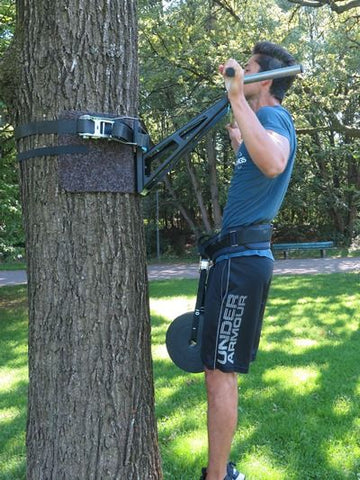
With the so-called Weighted Pull-Ups you can also improve your maximum strength. Increased maximum strength means that more motor units are innervated to overcome resistance, so that you have to use less force for a pull-up or similar. Maximum strength training involves performing a few repetitions (1 to 5) with a lot of weight. In this way, more pull-ups can be realized.
Tip n°10 – Train pull-ups with intensity techniques
So-called intensity techniques such as negative reps or supersets should only be used when all other measures to increase pull-ups have failed. The reason is that with these techniques comes a very high stress on the muscles, which can quickly lead to injury in inexperienced athletes.
Tip n°11 – Train pull-ups by suspending the pull-ups

This tip for training pull-ups may sound contradictory to many. If you have reached your individual performance plateau and are thus prevented from increasing your pull-ups, you should think about suspending your training. You can either give your back a complete break or replace the pull-up bar with dumbbells, the lat pull-down, etc. You'll notice that when you resume your workout after the "time off", you'll be able to do more pull-ups!
Don't underestimate "the power" of recovery!
At this point, we would like to address a common problem when training pull-ups. Namely, many athletes do not give their bodies enough rest - neither between sets nor between training days. However, breaks are just as important as the workout itself! After all, the goal is to increase performance, and in order to achieve this, the muscles must be exposed to a sufficiently large stimulus. To do this, the muscle must be able to perform the appropriate physical work. And this is only the case when it is rested and regenerated.
Opinions in sports science on the correct duration of rest vary. However, a very widespread recommendation is to give the target muscles at least 72 hours of rest between two training sessions. And training pull-ups every day is not advisable anyway - sports scientists agree on that!
Good to know: In terms of training breaks, sleep also plays an important role, for example. While we sleep, anabolic processes take place and the muscles regain their strength. This contributes not only to optimized movement processes, but also to our general well-being and health. So sleep plays a significant role in our performance, both when training pull-ups and in everyday life.
The pauses between sets
The pause between sets serves to replenish the used fast energy stores in the muscle cells. In addition, metabolic products are removed, so that the performance is maintained. Many exercisers rely on their gut feeling when taking breaks. However, this often results in breaks that are too short or too long. The right length of "time out" depends on the training goal in question (muscle building, maximum strength training, improving strength endurance).
Tip n°12 – More repetitions for more pull-ups
You can increase the number of pull-ups you can do by improving your strength endurance. To do this, perform more than 12 reps per set for a few weeks. Improving your strength endurance will also increase your performance in the lower repetition range.
Tip n°13 – Train pull-ups by varying the speed of movement
The speed of movement when training pull-ups is 1 to 3. This ratio refers to the upward and downward movement or the concentric and eccentric phase. If you want to increase the number of pull-ups, you can adjust the movement speed in one of the following ways:
- Deliberately perform the entire movement slowly.
- Deliberately slow downward movement
- Deliberately slow upward movement
- Consciously perform the entire movement quickly
- Fast downward movement
- Fast execution of the upward movement
Caution: With a fast execution of the pull-ups comes an increased risk of injury. Only perform the exercise quickly if you have completely mastered it or if you have sufficient training experience.
Tip n°14 – Improve your grip strength

Training pull-ups requires a high grip strength. Without this, increasing the number of repetitions is doomed to failure from the start. If you want to improve your grip strength, you can try rope climbing, for example. This is an ideal preparation for the next set of pull-ups.
And hanging out on the pull-up bar can also improve your grip strength. Just take a break in between pull-up workouts by hanging from the bar. This way you train your grip strength and gather energy for the next set. Besides these, there are of course other ways to improve your grip strength. Also, products like grip pads or liquid chalk will help you to have a better grip on the pull-up bar.
Tip n°15 – Train chin-ups regularly
Regularity is essential when training pull-ups. As mentioned earlier, you don't have to or should not work your back every day. However, this does not mean that you should only train when it suits you. Only through regular training can your body fully adapt to the demands so that your performance improves.
Do you find it difficult to stick to your training plan because you often lack motivation? Then a change of location is a good idea. Train not only in your own home, but also with friends and in the gym. And with an appropriate pull-up bar, you can even move the workout outdoors, which provides even more variety and motivation.
Training pull-ups - Find the method that suits you best!
Not everyone is able to do chin-ups "all the way to the end". With our top 15 tips for more pull-ups, you will increase the quality of your training and get a lot closer to your goal. You should know your physical limits and add more exercises to your back workout if necessary. It is also important to take the right breaks. And of course, nutrition also plays an important role in creating more pull ups. Since every body reacts differently to the recommended training tips, you should try them out and choose the ones that suit you best. We wish you much success!


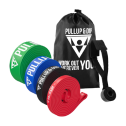
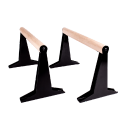
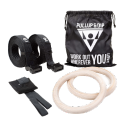


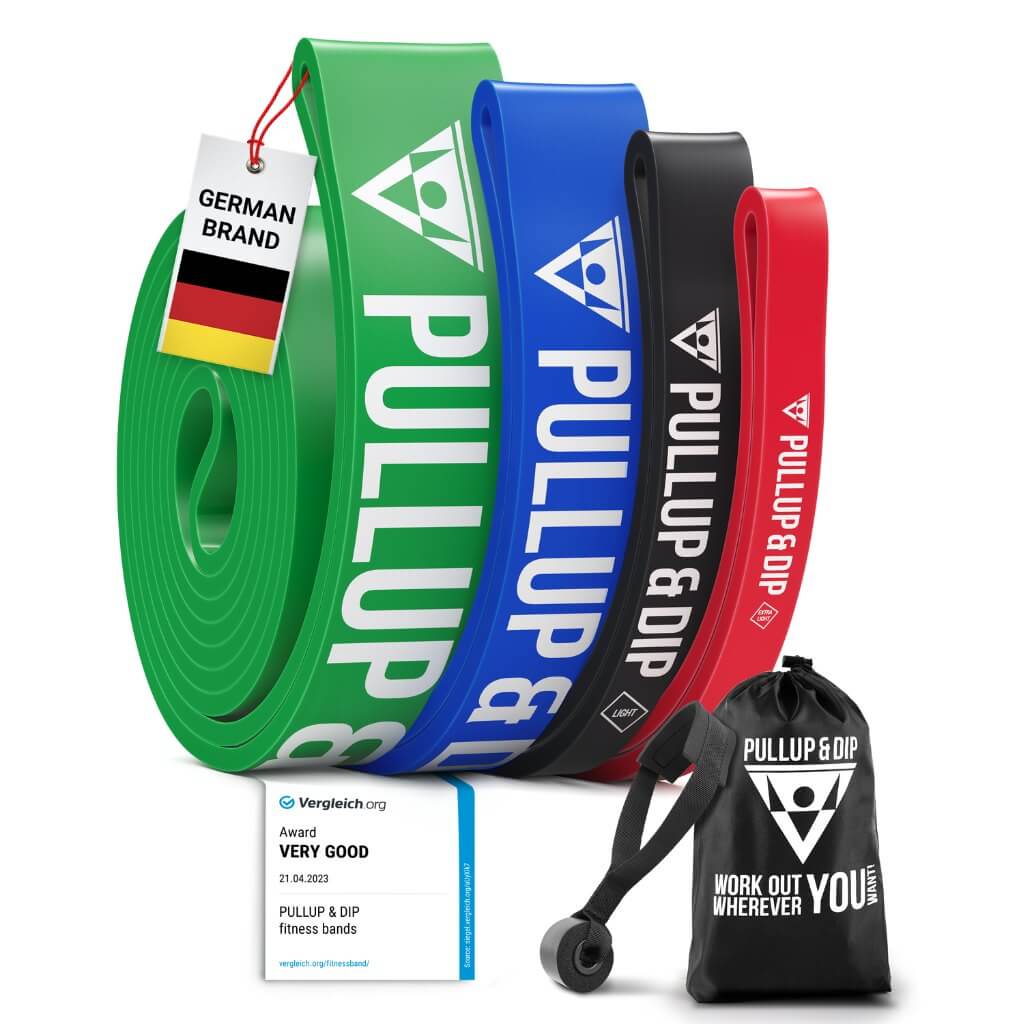
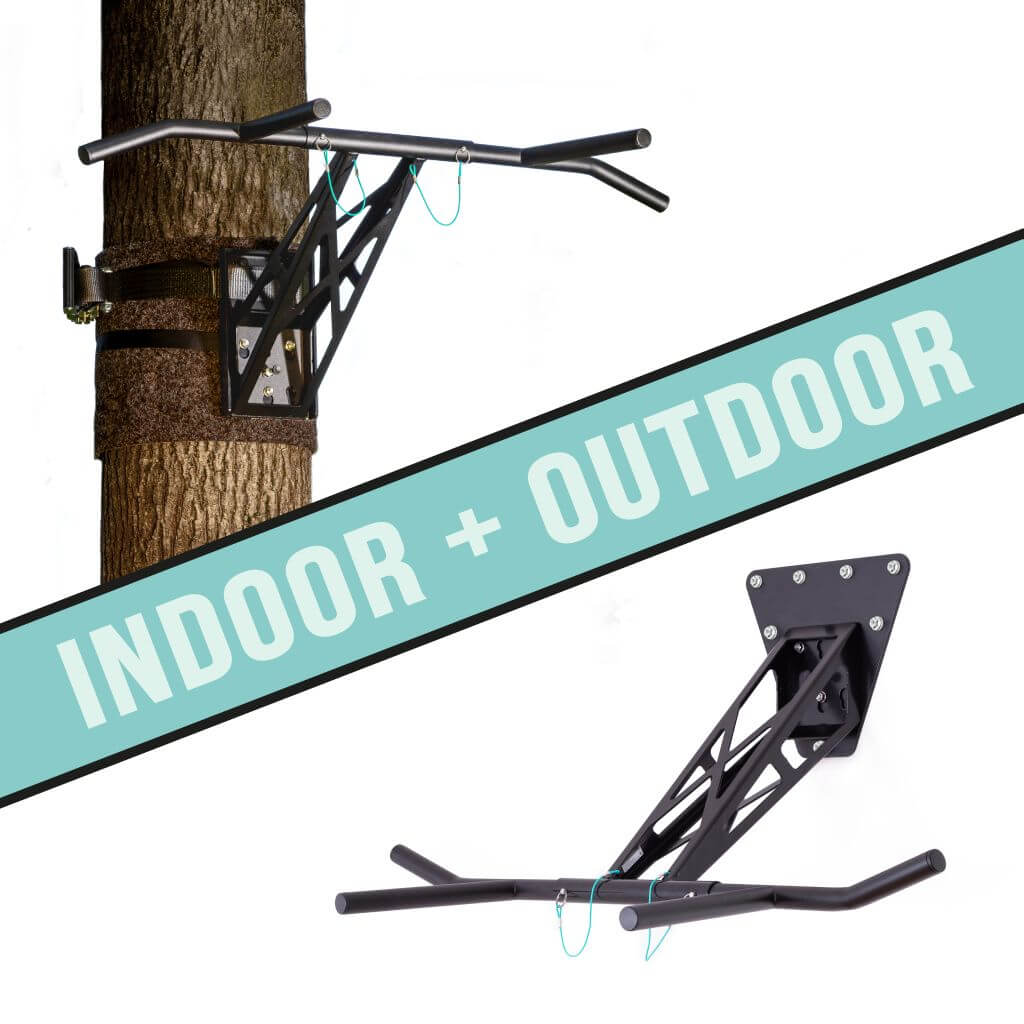

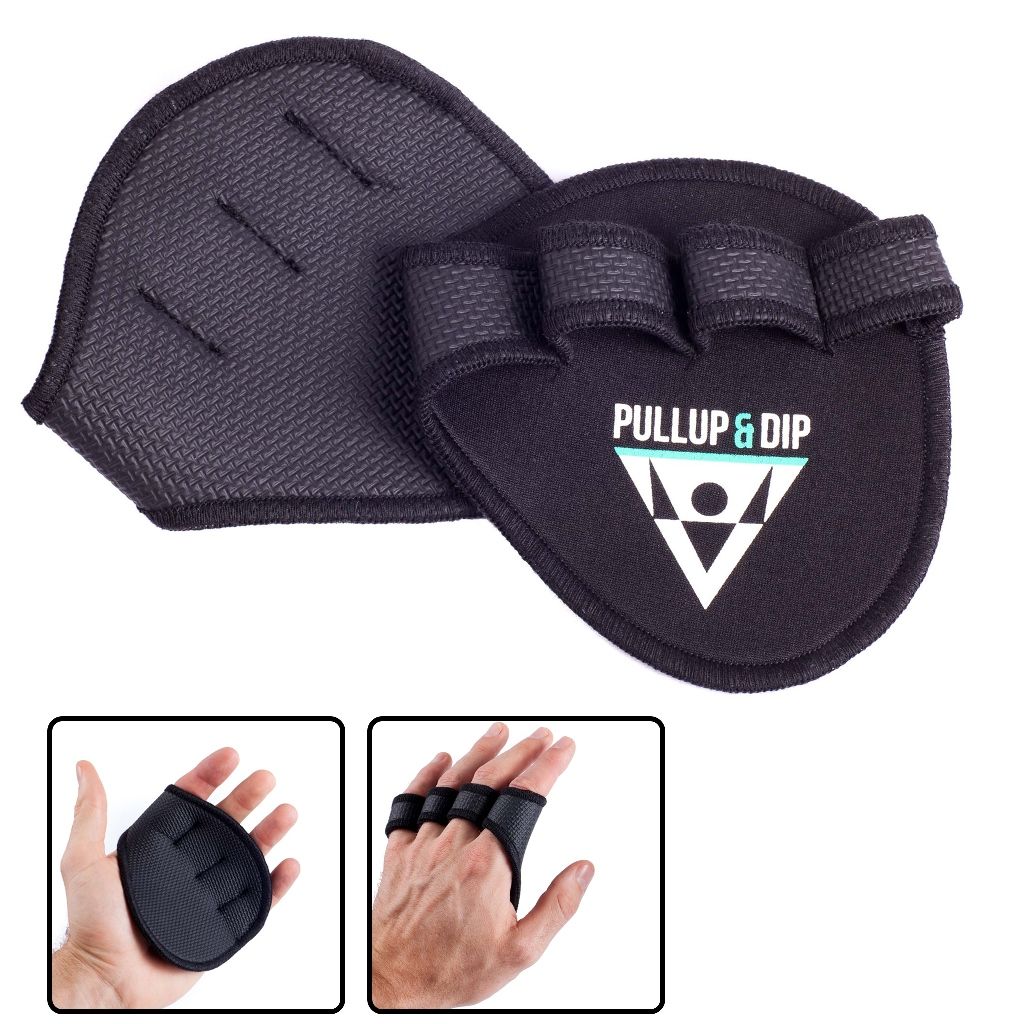
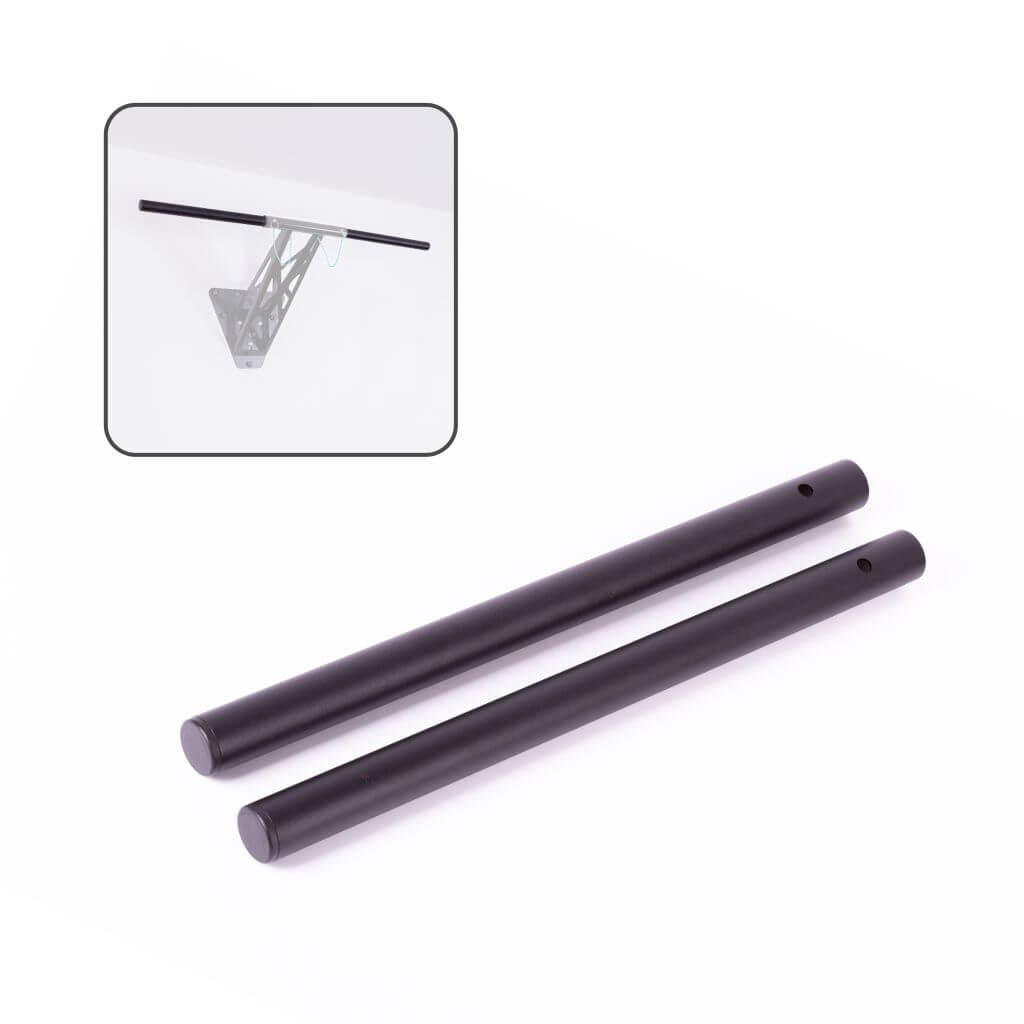
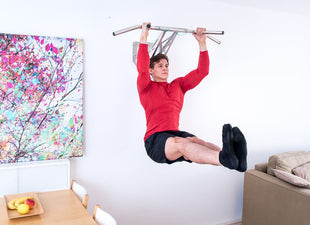
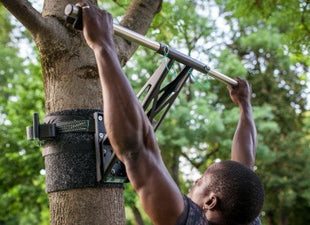

Leave a comment
All comments are moderated before being published.
This site is protected by hCaptcha and the hCaptcha Privacy Policy and Terms of Service apply.